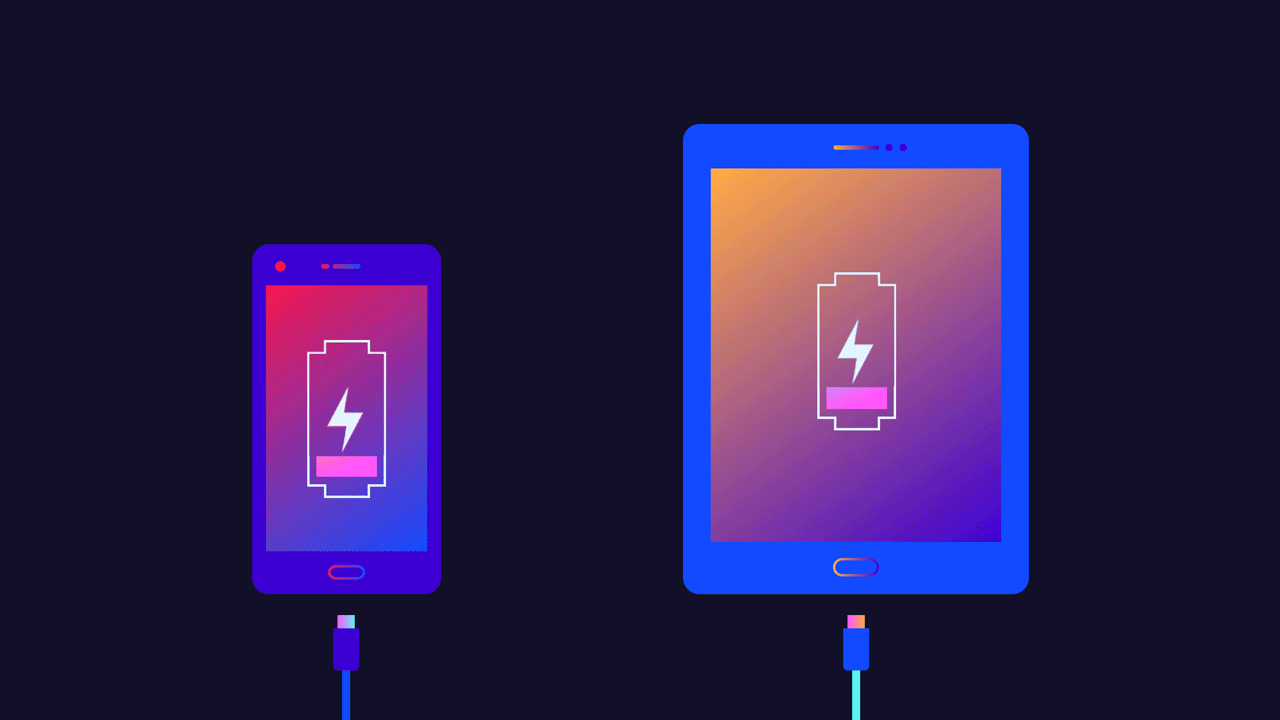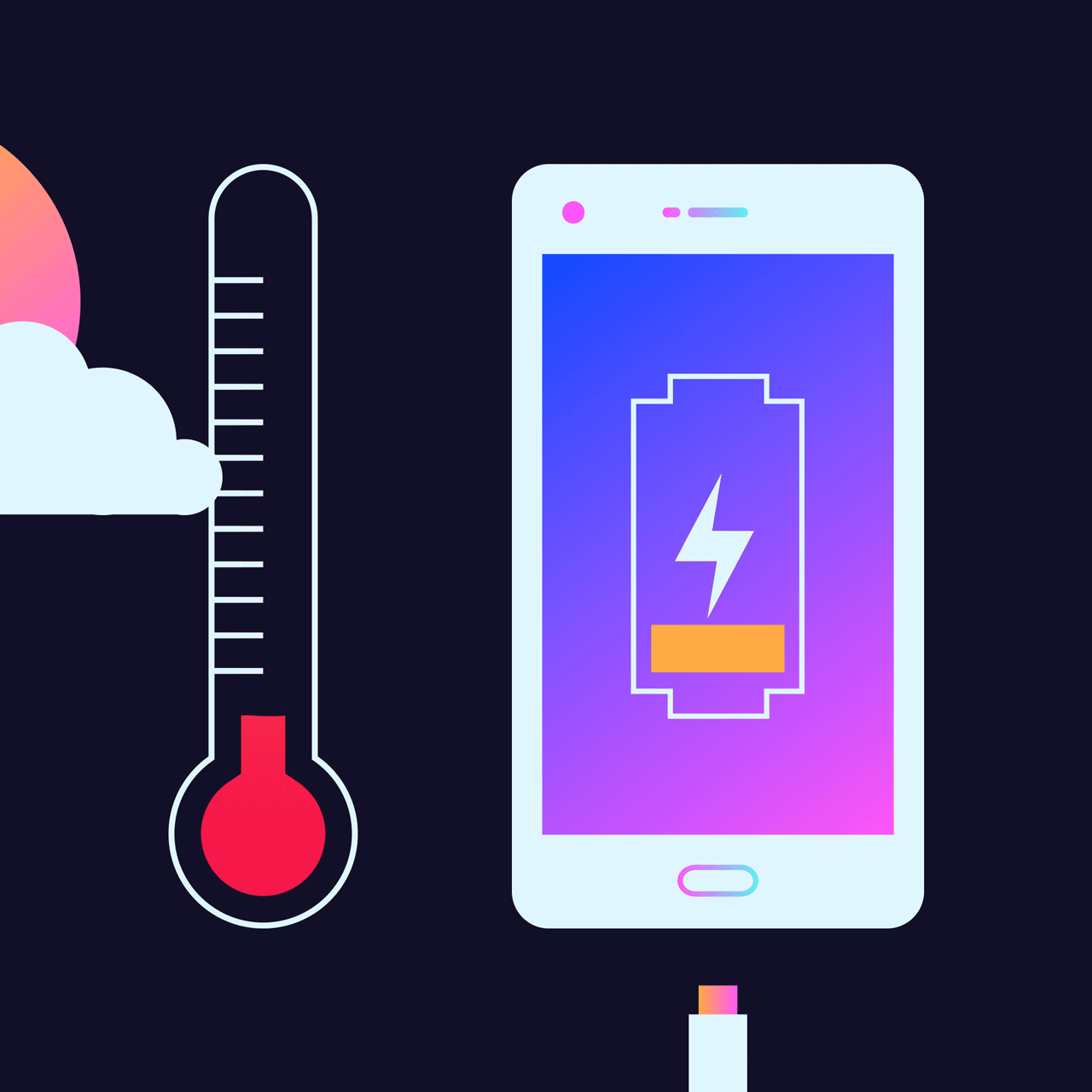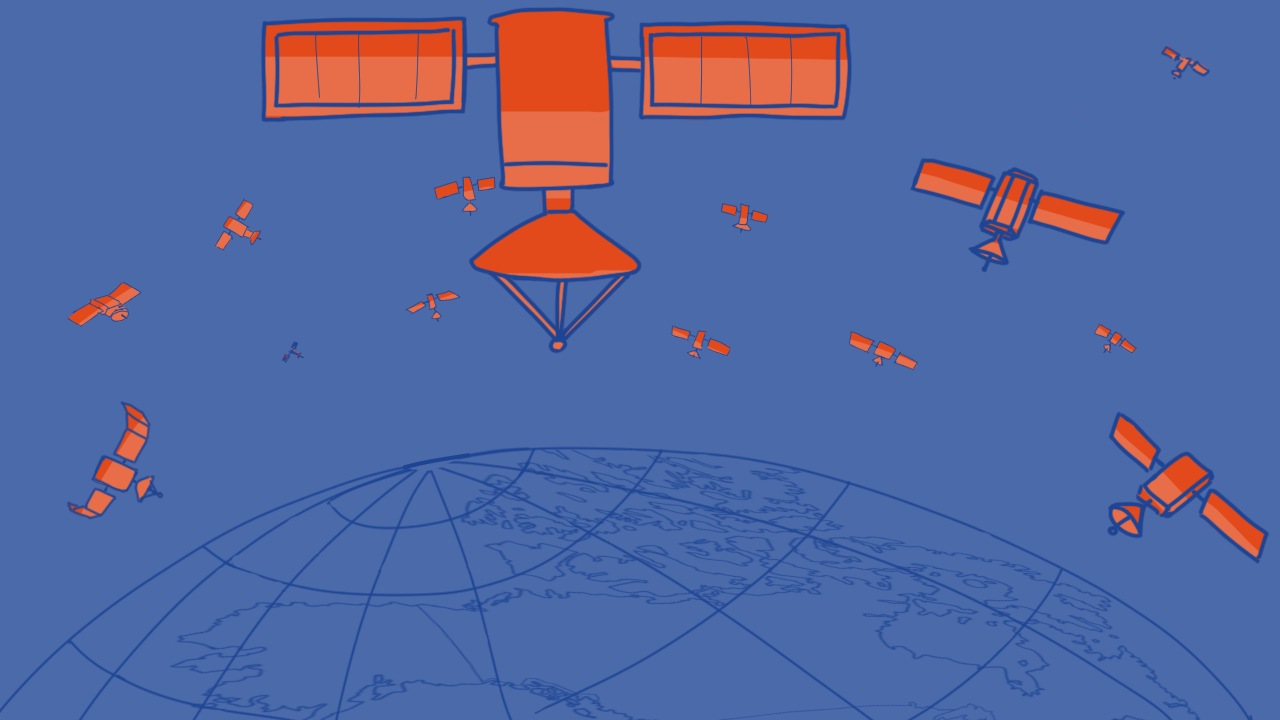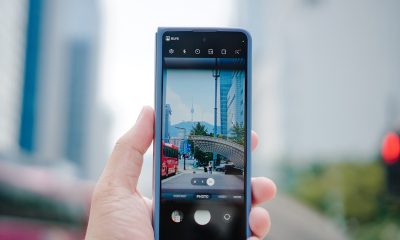Explainers
What exactly is Fast Charging? And how does it work?

The mention of fast charging technologies for smartphones has become quite common lately. You’ve probably already heard of Qualcomm’s Quick Charge, OPPO’s VOOC flash charge, or OnePlus’ Dash Charge, which can juice up a smartphone’s battery to around 60 percent in just 30 minutes. So, how exactly do they work?
Most devices use lithium-ion batteries
To understand how these technologies work, knowing the basic principle of how a smartphone’s battery gets charged is a must. Most, if not all, smartphones today use a type of battery called lithium-ion (Li-ion). A Li-ion battery is composed of a positive and negative electrode and an electrolyte in between them. The lithium ions inside the battery move from one electrode to another, allowing the battery to be in a charging (storing energy) or discharging (expending energy) state.

The direction of lithium ions determines whether a battery is charging (positive to negative) or discharging (negative to positive).
Battery capacity is measured in milliampere hour (mAh)
Great, we’ve got some background on how Li-ion batteries work! The next question is how exactly do we determine the speed at which a Li-ion battery gets charged. You’re probably familiar with the rating used to gauge the capacity of a smartphone’s battery. If not, it’s the number that uses mAh (milliampere hour) as its unit of measurement. A larger number means larger capacity, which translates to longer battery life.
A 6000mAh battery will last twice as long as a 3000mAh battery. The same thing applies to charging: The larger the capacity of a Li-ion battery, the longer it takes to fully charge. The amount of current that the charger can output is usually the determining factor on how fast a battery can be charged, which is why a tablet charger that can output 2A (ampere) will charge twice as fast as a smartphone charger that can output 1A.
Another important nature of a Li-ion battery is that it doesn’t charge in a linear fashion. It’s easier to charge the battery when it’s nearly empty compared to charging when it’s nearly full. Think of it like packing a bag; it gets harder to put things in as it gets filled.
As mentioned, increasing the current used to charge a battery decreases charging time, but only up to a certain point. A Li-ion battery can only take in so much current, and increasing it past the threshold only results in dissipated energy in the form of heat. Therefore, if you use a tablet charger to charge a smartphone, it usually charges faster but also heats up faster.
Battery charging has evolved through the years
With all these things in mind, we can go back to the question of how fast charging technologies work. As its name implies, it allows rapid charging of a smartphone’s battery. This is usually done by increasing the power output of a charger, either by increasing the voltage or current that it provides to the device. You might ask if it’s safe to increase the amount of power we pump into our devices: Theoretically, it isn’t safe, but with the right hardware for monitoring and checking power output and temperature, things become safer.
Smartphones nowadays are smart when it comes to charging. Most devices today have a built-in chip for monitoring battery temperatures and the amount of power going through as the phone charges. This allows the smartphone to intelligently lessen or stop receiving power from the charger once the battery is full or if the battery gets too hot. That’s why when you leave your phone to charge, you’ll notice the charger and the battery heat up while charging, and once they’re done, both will stop heating up.
Taking things further are these new fast charging technologies that can provide more than half of a battery’s capacity in less than an hour. They work by pushing as much power as the device can handle to ensure the battery is charging at its maximum rate. As mentioned earlier, when a battery is at a low capacity, it’s easier to charge since the lithium ions have more freedom to move. This nature is what Qualcomm and other manufacturers take advantage of for faster charging.
Qualcomm’s Quick Charge gets better every year
Qualcomm’s Quick Charge technology leverages on different power outputs — mostly voltage adjustments — for the charger, depending on the current battery capacity of the device. Thanks to the special chip installed on both the device and charger, the latter can actively adjust the power output depending on the device’s needs. So, at lower capacities, it delivers the highest power rating the device can safely handle, and as the battery gets more juice, the device communicates with the charger and tells it to provide less power.
Ever since Quick Charge was introduced, Qualcomm has continued its development and currently has five iterations: Quick Charge 1.0, 2.0, 3.0, 4.0, and just recently, 4+. Here’s a table to summarize what the first four iterations of Quick Charge are capable of:
| Quick Charge Version | Voltage | Current | Power (Watts) |
| 1.0 | 5V | 2A | Up to 10W |
| 2.0 | 5V, 9V, 12V | 2A, 2A, 1.67A | Up to 18W |
| 3.0 | From 3.2V to 20V, dynamic increments of 200mV | 2.6A, 4.6A | Up to 18W |
| 4.0 | Dynamic | Dynamic | Up to 28W |
Quick Charge 4.0 builds on the success of QC 3.0 by adding new features: compliance to USB Type-C and USB Power Delivery; a newer version of Intelligent Negotiation for Optimum Voltage (INOV), allowing the device to determine the optimum power level to request from the charger; and the inclusion of Dual Charge which adds a secondary power management chip in the device for better thermal dissipation and more efficient charging.
Even though few smartphones supporting QC 4.0 have been released, Qualcomm has already launched an update, version 4.0+. It further improves the Dual Charge feature of its predecessor with the addition of Intelligent Thermal Balancing, which eliminates hot spots by moving current through the coolest path available during charging. Building on the already robust safety features of QC 4.0, this update goes one step further by also monitoring the temperature levels of the case and connector. The added layer of protection helps prevent overheating and short-circuit damage.
High-current charging for OPPO and OnePlus
Being sister companies, OPPO’s VOOC charging technology and OnePlus’s Dash Charge have the same method for charging faster, and they do so by providing high amounts of current (around 4A) while charging. The level gets lower as the device gets charged up. Again, thanks to the special chips installed in the device and charger, OPPO and OnePlus devices supporting these technologies can charge faster.
Quick Charge and VOOC/Dash Charge may both be fast charging technologies, but they have some differences. Quick Charge mainly leverages on the use of higher voltages, while VOOC and Dash Charge use high-current charging. OPPO and OnePlus also made sure that the charger takes in the bulk of the heat generated while charging, which is not the case for Qualcomm’s Quick Charge, wherein both the charger and the device heat up.
Because of the phone not heating up too much, OPPO and OnePlus devices can be used while fast charging without any issues. In addition, OPPO and OnePlus’ fast charging technology is proprietary, which means you’ll need the charger and cable that came with your device to use it.
Samsung has its own Adaptive Fast Charging technology
If you own a recent Samsung device, you’re probably familiar with Adaptive Fast Charging. This is essentially the same as Qualcomm’s Quick Charge technology, since Samsung acquired the license from Qualcomm to use its technology on devices that have non-Qualcomm processors. This means a Quick Charge adapter can be used on a Samsung device that features Adaptive Fast Charging and vice versa.
Fast Charging requires specific hardware
Keep in mind that to make use of such tech, you’ll need a smartphone that supports a fast charging technology and a certified charger and/or cable. If you’re using a higher-end phone that’s been released in the last couple of years, chances are your handset supports fast charging.
Summing thing up: Fast, quick, rapid charging, or whatever they call it, is technically just a smarter form of charging that takes advantage of how Li-ion batteries work. With all the prerequisites — a compatible smartphone and charger — you won’t be stuck near a wall outlet for a few hours just to receive an ample amount of energy in your device. Until better battery technology comes out, fast charging might be the only solution we have for a while.
Illustrations: Kimchi Lee
SEE ALSO: Why is USB Type-C so important?
[irp posts=”9952″ name=”Why is USB Type-C so important?”]

Explainers
ChatGPT Explained: Should we be scared of AI?
Will the talking robot take over the world?
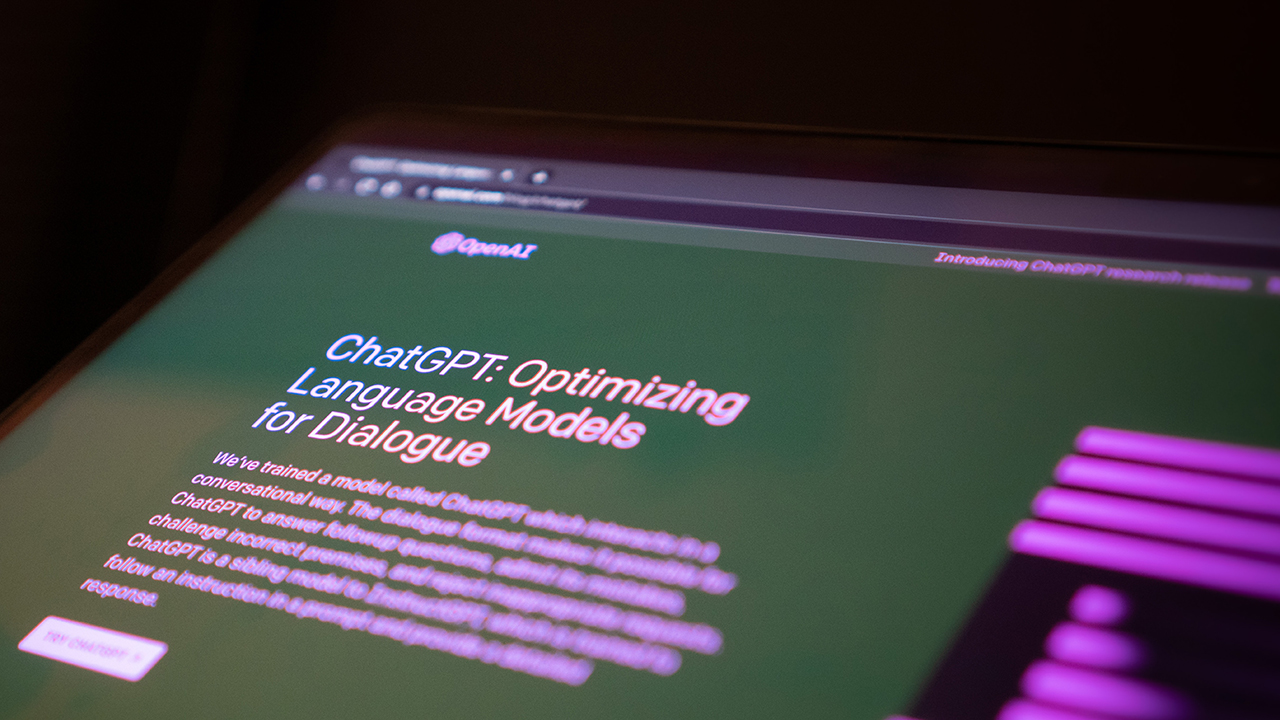
Back in the earlier days of the internet, an emerging but short-lived trend involved chatbots who could generate conversation with whomever it talked to. Does this sound familiar? Today, a similar phenomenon is creating a lot of waves online, headed by the infamous ChatGPT. The exceedingly popular ChatGPT is turning heads out of fear that the technology will eventually upend society and eradicate a lot of jobs.
But what exactly is ChatGPT? How is it different from language programs in the past? Is the world right to worry about them?
On the rise of language learning
ChatGPT is hardly the first software to inexplicably generate comprehensible dialogue without human intervention. Decades ago, the internet hosted rudimentary versions of today’s chatbot technology. The concept is somewhat similar, though. The early versions relied on a database of responses from human users. If you asked about coffee, for example, the answer you get will likely come from the logs of another user who talked about coffee in the past.
Because the system was imperfect in its infancy, part of the appeal was trying to get the software to fumble a conversation. However, if it did mess up, you can count on it asking you what it should have said. The next time someone asks the same question, the software might mirror what you said, creating a learning process between the software and the user.
Today, chatbots — meaning those usually used by businesses today — operate in the same way. If a customer comes with a query, the software will rely on a set of responses to most appropriately address the user’s problem. If the software can’t come up with a solution, the ball usually gets passed on to a human consultant.
Is ChatGPT just another chatbot?
Though the label certainly gets thrown around, ChatGPT isn’t strictly a chatbot. Instead, the software uses GPT-3.5, a specific language model created by OpenAI. Whereas early and more rudimentary versions of the same technology can already store an unbelievable amount of information in its memory, ChatGPT can analyze billions of words and the relationship between them.
Further, OpenAI extensively trains the software, ensuring that comprehension and grammar can live up to today’s standards. The learning is supervised. In fact, the company even has a makeshift reward system to ensure that the software puts out the most appropriate response. With users also contributing to the software’s learning process, ChatGPT is quickly emerging as a powerhouse for the technology.
The results speak for themselves. While users can generate simple conversations with the software, ChatGPT can just as easily answer more extensive queries with lengthier responses. If you ask it to create an essay about Christopher Columbus, for example, it can write a lengthy piece that can easily fool a casual reader. It can even handle more speculative queries. In a sample published by the developer, ChatGPT can answer what would happen if Columbus discovered America in 2015.
What’s it good for?
Based solely on what the software can do, ChatGPT can find its purpose in today’s world. The software can improve voice assistants and chatbots all over the internet. It can make big strides in the world of automation, enabling a more responsive interface between user and software.
On a more human aspect, the software can also handle more professional jobs with simpler prompts such as those involving simple marketing copy. It can help with more ephemeral research efforts, allowing users to get simple answers for otherwise complex questions.
And, on a more technical side, ChatGPT can reportedly analyze and detect what’s wrong with a piece of coding. With the software, developers can use ChatGPT to potentially repair code without having to pore over every single line. Allowing a powerful tool to inspect code speaks volumes for a lot of applications all over the world including smart vehicles and technical machinery.
However, as with every piece of technology, users will always find a way to use something beyond what it was originally designed for. ChatGPT is now changing the world of education as students are using the software to do their homework for them. Though a lot of the sample texts look like they can fool only lower levels of education, a Wharton business school professor (via Business Insider) recently stated that he would have been fooled by a ChatGPT essay, grading a sample with a passable grade of B or B-.
Should we be scared of ChatGPT?
ChatGPT is undoubtedly rocking the world of education. While some schools have banned the technology outright, others are debating on the software’s impact on how schools are taught. Since ChatGPT deals out more factual information, could education reinvent itself to teach more personal, tailored learning, rather than just the ability to spit out memorized facts. (“Factual” might even be an exaggeration. CNET, which recently experimented with AI-written articles, discovered a plethora of errors from using the software.)
Now, education isn’t the only world in peril. The creative industry is facing an extreme challenge wherein ChatGPT can potentially cause workers their jobs. Though the danger certainly seems real, the limitations of technology are also real. ChatGPT can create comprehensible text that can fool a human, but it will likely stumble with conceptualization.
A piece of software is just software. Even if it can write an essay about existentialism, it cannot think of the concept metaphysically. In the same way, even if it can show you a photo of a parrot, it cannot think of that photo as anything but a pattern of pixels. To a language learning software, words don’t mean anything else besides their relationship with each other. It’s the same thought process as a dog learning to run to its human when its name is called. The dog doesn’t know that you just said its name (or even the mere concept of a name); it just knows to do a certain action after hearing a specific sound.
Can ChatGPT change the world? Overall, the jury is still out, but it’s unlikely that a piece of learning software can do much to replace human-centric work. Regardless, it’s important to think of how ChatGPT can improve (or detriment) humanity.
Like with other supposedly dangerous technology, the world of technology is a Pandora’s box. We can never put the genie back into the bottle. Once it’s out, it’s out. Instead of worrying about how technology can destroy the world, the more appropriate response is to figure out how it can better humanity without sacrificing anyone’s wellbeing in the process.

When you’re looking to buy a new device, which specs should you pay attention to? Which upgrades should you consider?
In this video instead of reviewing the latest new smartphone, we’re going to talk about its unsung hero: RAM.
We partnered with @MicronTech to help you understand all the magical things that you get to do on your smartphone thanks to internal memory and storage.
To find out more about Micron’s mobile memory and storage solutions and how they’re bringing mobile innovation to life, visit https://www.micron.com/solutions/mobile or watch our explainer video.
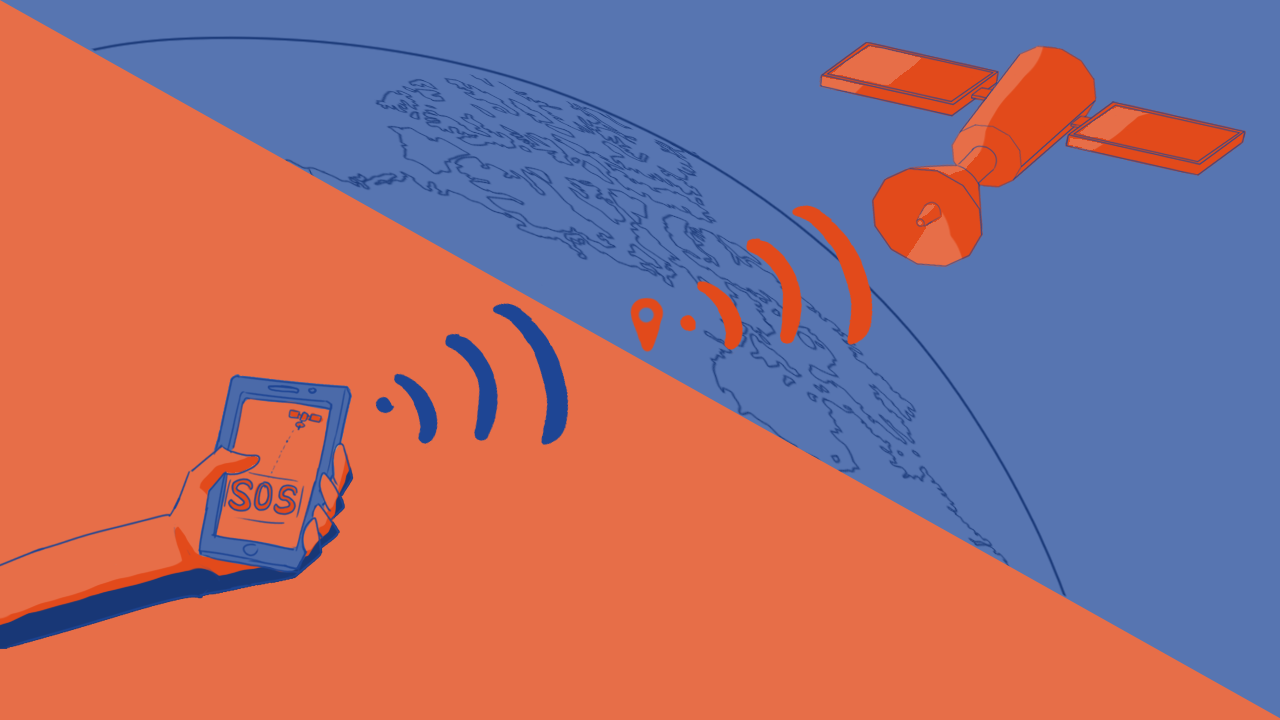
If you watched the latest Far Out event from Apple, you might have noticed the debut of a new technology coming to smartphones: satellite connectivity. Though Apple has made the biggest deal of the new feature, the technology has existed even before Apple’s announcement. In fact, various smartphone makers are also announcing their own takes to go along with Apple’s satellites.
But what exactly is satellite connectivity? Before the world gets more of the new feature, let’s take a look at this emerging technology.
Look at the sky
The night sky is filled with satellites. Though you might not see any of them with the naked eye, they are all there in low Earth orbit (LEO). As you might imagine, their uses are aplenty. Most attribute LEO satellites to imaging, navigating, and measuring data. However, one emerging use is the improvement of connectivity for consumer devices.
Now, the biggest proponent of satellite internet is Starlink, a project of Elon Musk’s SpaceX. With over 300,000 satellites, the company’s satellite constellation provides internet to several countries including areas with low coverage. In fact, the company’s services are already somewhat in the Philippines.
Satellite internet does have its benefits. While the service isn’t the fastest, it offers connectivity that regular towers can’t normally reach. Imagine being out on a hike but you suddenly remember, oh my God, you left your stove running at home. Satellite internet will allow you to connect to the internet and notify a neighbor to check if your apartment has any wayward burn marks running up its walls.
Quite a feat, isn’t it? But is this what Apple just launched?
SOS, please someone help me
Contrary to what you might think, Apple’s new satellite connectivity doesn’t offer internet. It’s also not Starlink. Instead, it’s a simple SOS messaging service through the Globalstar satellite constellation. It won’t solve your faulty 5G service. However, it’ll help you in a pinch if you find yourself lost in the middle of nowhere.
Once again, imagine you’re out hiking. Suddenly, you fall down an unseen slope and break your ankle. You find yourself miles and miles away from civilization, and no one knows where you are. Apple’s satellite connectivity can help you send an SOS message to the authorities.
Here’s how it works. When you’re in a predicament, fire up the feature and point your phone towards the satellite nearest you. (Don’t worry; the phone will tell you where it is).
Now, it might take a few seconds to a minute before the phone can connect to a satellite — especially if the skies aren’t clear or if you’re underneath a canopy of trees. It might not even connect if the skies are completely obstructed. Regardless, while it tries to connect, the phone will ask a series of questions including who needs help and if anyone was harmed. This helps the phone craft and compress the necessary information for your message.
Because the service is only for emergencies, you can’t write an essay. Apple says that it will squeeze messages three time as small to ease transmission. It’s a wide-reaching 911 call for when you can’t actually call 911.
After compressing the message, the satellite will then beam the message to a nearby relay station on the ground, which will alert authorities for you.
Who can use it?
Naturally, only Apple users who have the latest devices will have the feature for now. Also, because it’s so new, it’s only coming to the United States and Canada with the upcoming iOS 16 update later this year. Of course, it might arrive to other territories soon after the initial launch.
China, however, is a no-go. Huawei launched its own satellite connectivity, packing the feature in the new Mate 50 series. If you’re in mainland China, you’ll have to use Huawei’s services.
Interestingly, Apple made it a point to say that the feature is free for the next two years. The implication seems clear: Users might have to fork over cash to keep the feature once the two years are up. Now, if you’re celebrating the coming of this arguably essential feature, the possibility of a paywall might leave a sour taste in your mouth. Should companies gatekeep who gets to send emergency messages in their time of need?
Passing fad or the future?
If you’re not a regular hiker, satellite connectivity might not appeal to you. However, it’s still interesting to wonder if the technology will make an impact outside of Apple. And it does seem that way.
It’s no coincidence that a few brands, including Apple and Huawei, have suddenly launched their own satellite connectivity features within a short span. Companies are putting a lot of money into the future of satellites. Very likely, Apple won’t be the last company to adopt the new feature.
Emergency satellite services are essential. Even if you don’t hike, you’ll never know when you might get into a precarious situation without cell coverage. Satellite connectivity mitigates that risk.
Now, how will the technology evolve beyond emergency services? Coupled with the efforts of Starlink, the early stages of satellite connectivity proves the concept of a satellite-laden future. Currently, a lot of services still struggle with the lack of towers in certain locations. The aid of satellites creates a future that won’t need towers everywhere. Though speed might be an issue, connectivity won’t.
That future is quite a possibility. However, it will also come with a host of questions. With space limited to only a handful of providers, will companies launch more satellites to address the potential need? How will space look like then? Will it just be a wasteland of used satellites? How much will everything cost? Though it’s coming, the future still has much to clarify.
Illustrations by Garel Perpetua.
-
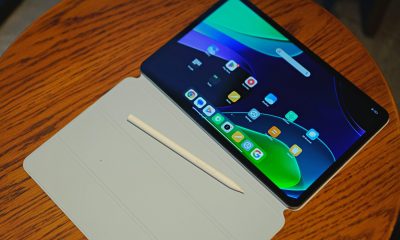
 Reviews2 weeks ago
Reviews2 weeks agoThe Xiaomi Pad 6 is great for the editor on-the-go
-
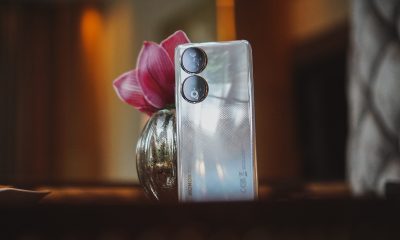
 Reviews2 weeks ago
Reviews2 weeks agoHONOR 90 review: Simply bedazzling
-

 Gaming2 weeks ago
Gaming2 weeks agoRefurbished Steam Decks are now available through Valve
-

 Health2 weeks ago
Health2 weeks agoRedmi Watch 3 Active: Basic but better
-

 Gaming2 weeks ago
Gaming2 weeks agoRockstar officially partners with Grand Theft Auto V roleplay servers
-

 Gaming2 weeks ago
Gaming2 weeks agoPlayStation 5 Slim supposedly leaked online
-

 Entertainment2 weeks ago
Entertainment2 weeks agoCatch Cinemalaya 2023 films at Ayala Malls this weekend
-
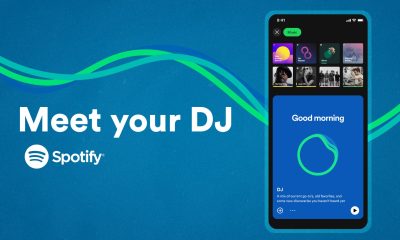
 Apps2 weeks ago
Apps2 weeks agoSpotify DJ feature now available in the Philippines

